At the end of September, the brand new iPhone 13 generation entered the market, which consists of four phones. The cheapest model is the iPhone 13 mini, which can be purchased from 19 crowns, while the standard version costs 990 crowns. This is followed by a pair of models labeled 22 Pro and 990 Pro Max for 13 crowns and 13 crowns, respectively. However, it should be noted that these prices represent the versions with the lowest, i.e. 28GB, storage. But has the question ever crossed your mind, what is the production price of these phones? The TechInsights portal has now shed light on the iPhone 990 Pro, taking into account the price of components and production costs.
The iPhone 13 Pro gained a lot of popularity almost immediately:
According to newly available data, the production price of the iPhone 13 Pro is only 570 dollars, which translates to approximately 12 crowns. The production of this phone itself is thus more than twice cheaper than what Apple sells the product for. But it is necessary to look at it from a broader point of view. As we mentioned above, the sum of 440 crowns represents only the costs of individual components and their subsequent composition. Anyway, it doesn't end here. The final price includes demanding development, marketing, employee wages and other costs. But the new data also point to another point of interest. TechInsights reports that the production price of last year's iPhone 12 Pro was 440 dollars, i.e. almost 12 thousand crowns. It's strange mainly because both generations use the same body, which should make this year's range cheaper.
It could be interest you
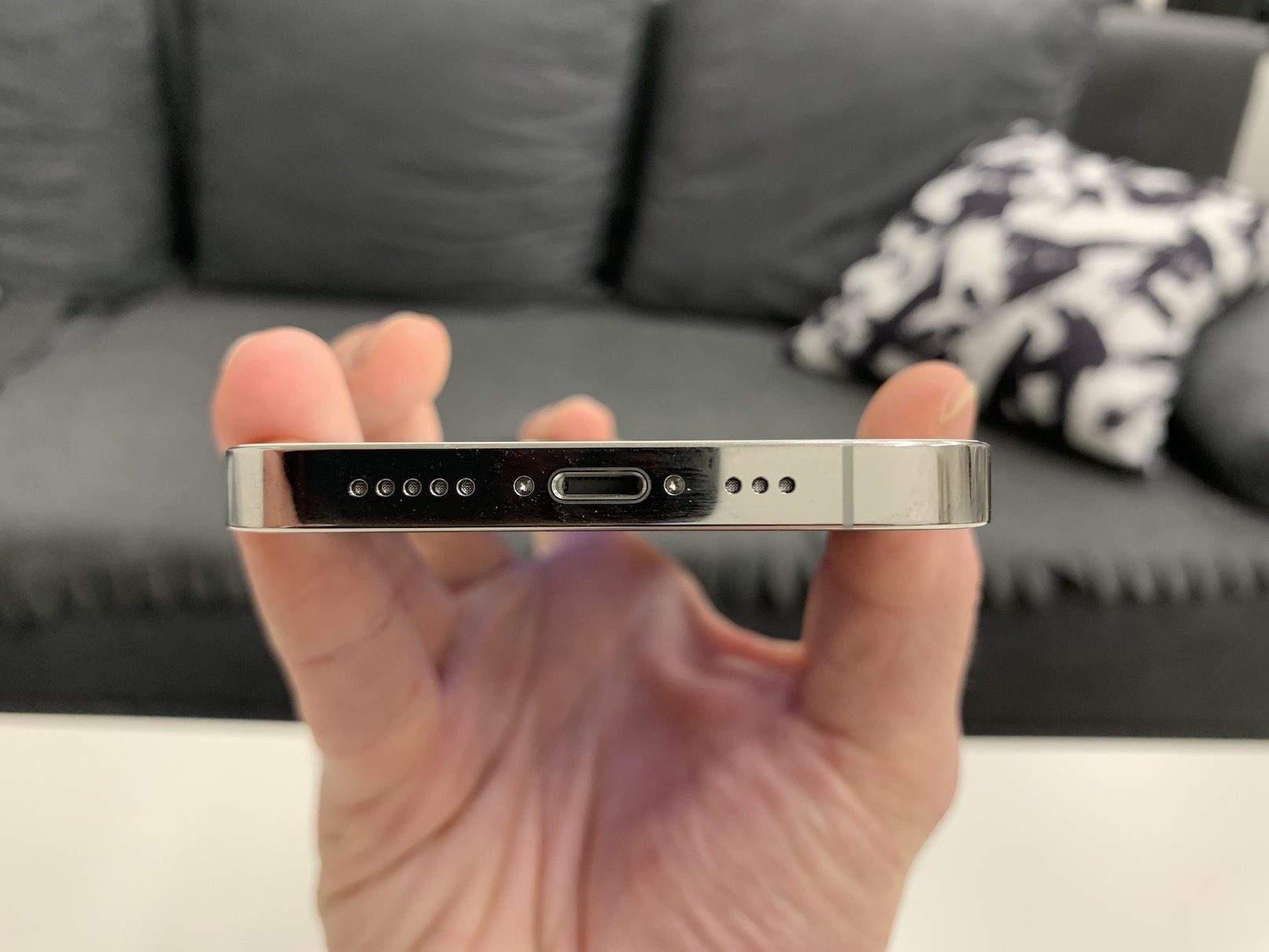
However, the increase in price has a relatively simple explanation. The iPhone 13 Pro uses a higher-quality photo system, while at the same time bringing a novelty that will definitely not be free. We are specifically talking about the use of a ProMotion display with an adaptive refresh rate that can operate in the range from 10 to 120 Hz. The portal also lists the cost of the competing phone Samsung Galaxy S21+ in the value of 508 dollars, i.e. a little over 11 thousand crowns.
Production costs are constantly higher
In addition, the costs themselves are increasing year after year. This is not surprising, as prices are constantly moving forward, and so are wages. This can be seen beautifully when compared to, for example, the iPhone 3G, whose production costs were only $166. At the same time, its selling price was significantly lower, as the basic model with 8GB of storage could be purchased for $599 (in our region for 12 crowns). The costs themselves also increased at a slow pace, rising to the already mentioned $2008 for the iPhone 3 Pro since 570 (since the introduction of the iPhone 13G). At first, however, the price increased relatively subtly. For example, the cost of such an iPhone 7 was only $219, while the phone cost $649.

A fundamental change came in 2017, when Apple introduced the revolutionary iPhone X. It already brought a number of interesting changes in itself, when instead of the previous LCD displays, it opted for significantly better OLED, got rid of the iconic home button and introduced a so-called edge-to-edge display, that is, the screen from edge to edge. Its manufacturing cost was $370, but it started selling for $999. Subsequently, the price of production rose relatively inconspicuously again. Another interesting jump was between the iPhone 11 Pro Max with a production cost of $450 and a starting price of $1099 and the already mentioned iPhone 12 Pro, whose cost was $548,5.
Costs are rising, but not so much
In conclusion, we can mention one interesting thing. Although production costs are increasing year after year and this trend is unlikely to change, despite this, the price development is relatively favorable. The final price for the customer is often at the same level as the previous generation. This year, Apple took it a little further and even made its phones cheaper, which already have 128GB of storage as standard. For example, the iPhone 12 with 128GB storage cost 26 crowns last year. However, this year's iPhone 490 costs only 13 crowns.
It could be interest you
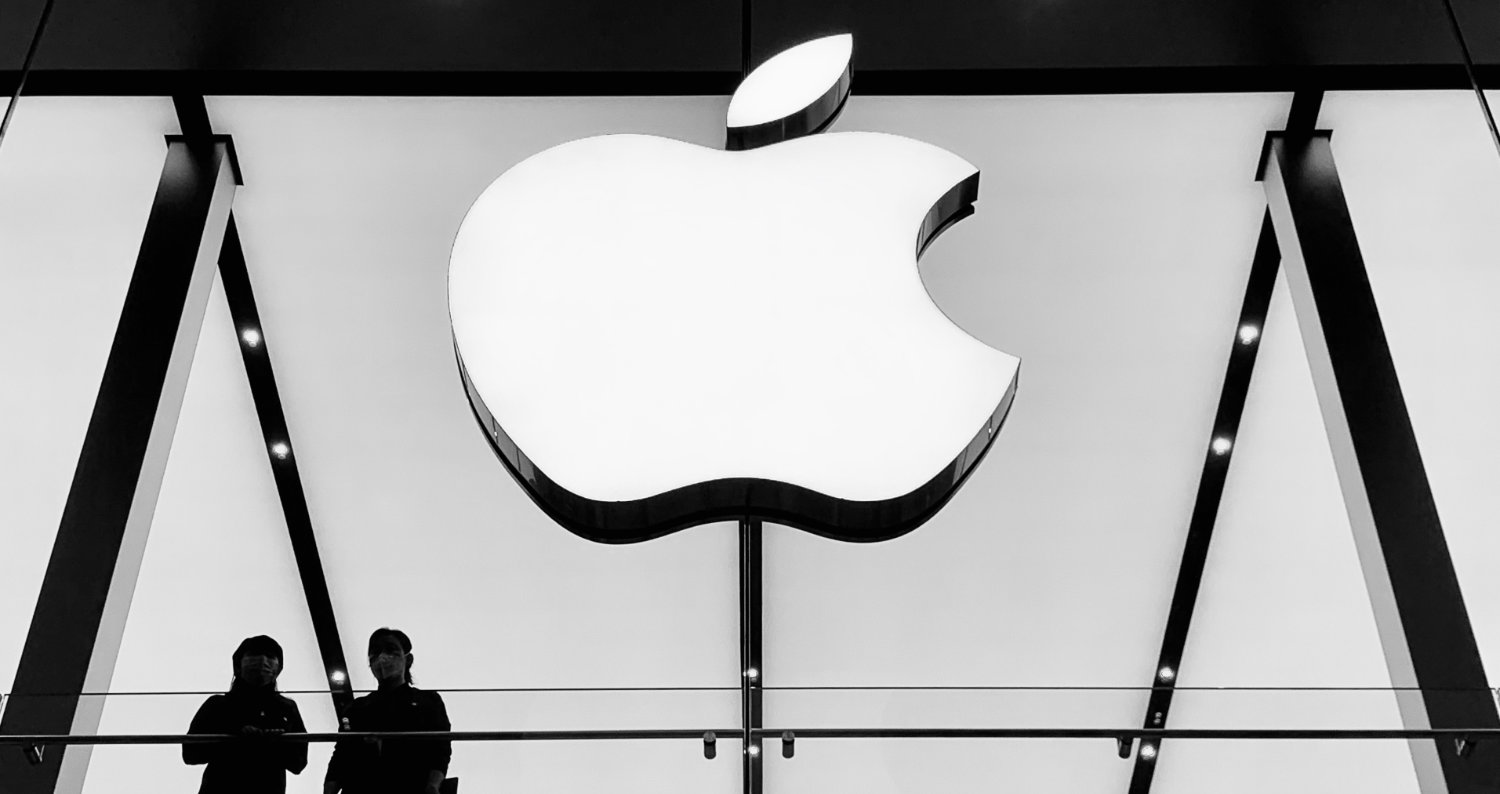
But currently (unfortunately) there is often talk of possible price increases in the coming years. The world is currently dealing with a global crisis in the form of a shortage of chips, which affects practically all products containing electronics. In any case, Apple is in a relatively good position in the current situation. However, that may soon change. There are already forecasts that the Cupertino giant will lose a lot of money due to global shortages.
It could be interest you
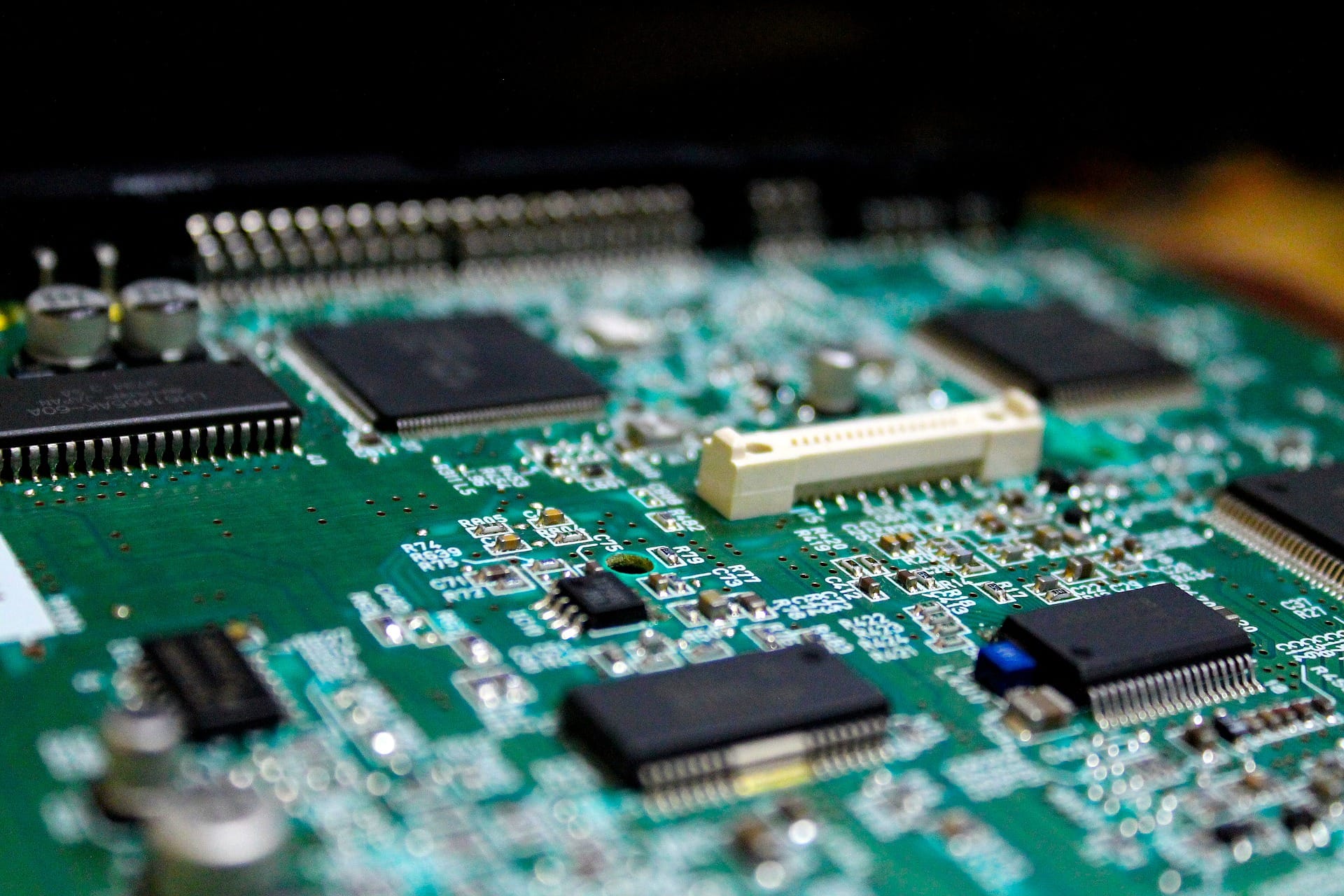


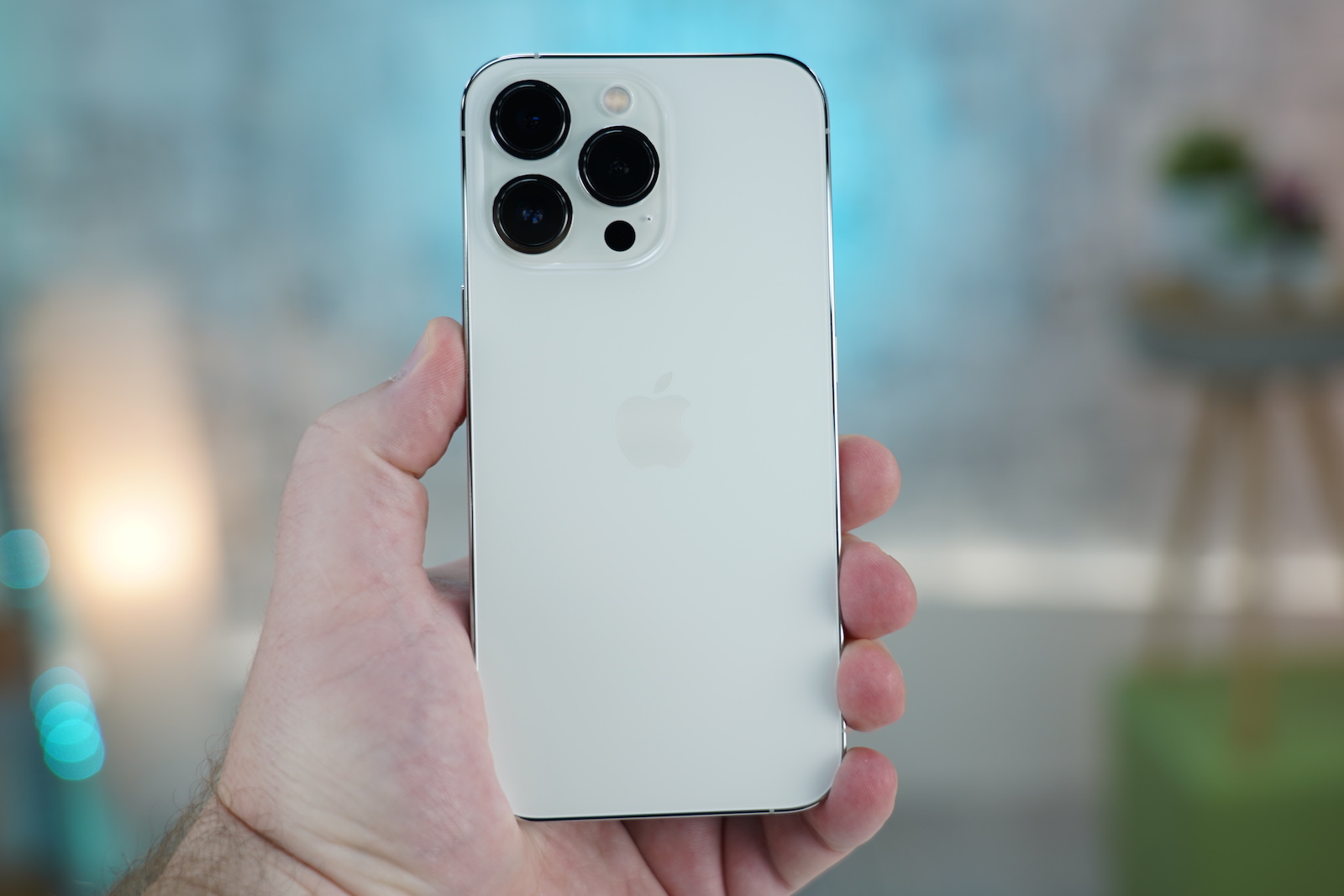

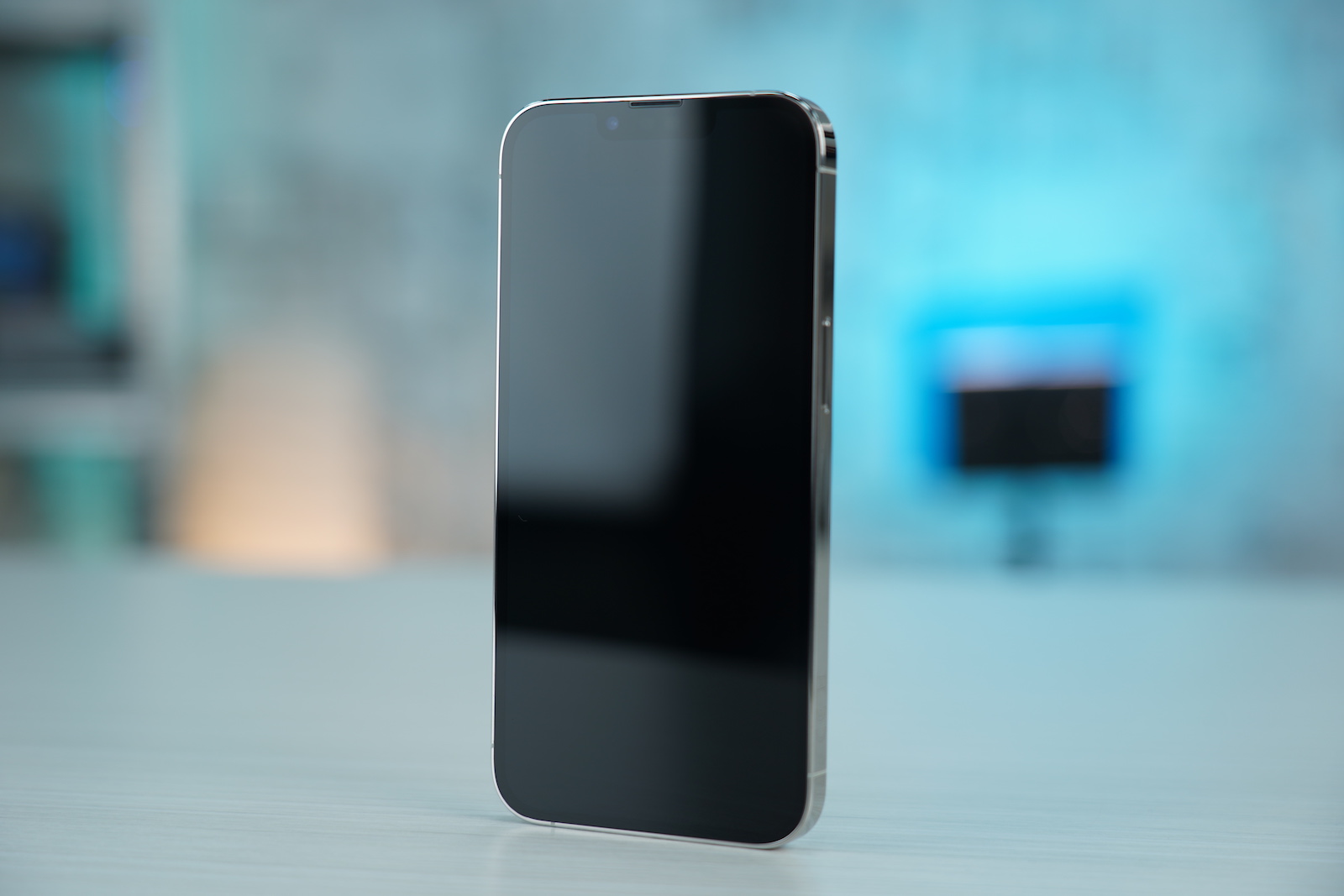

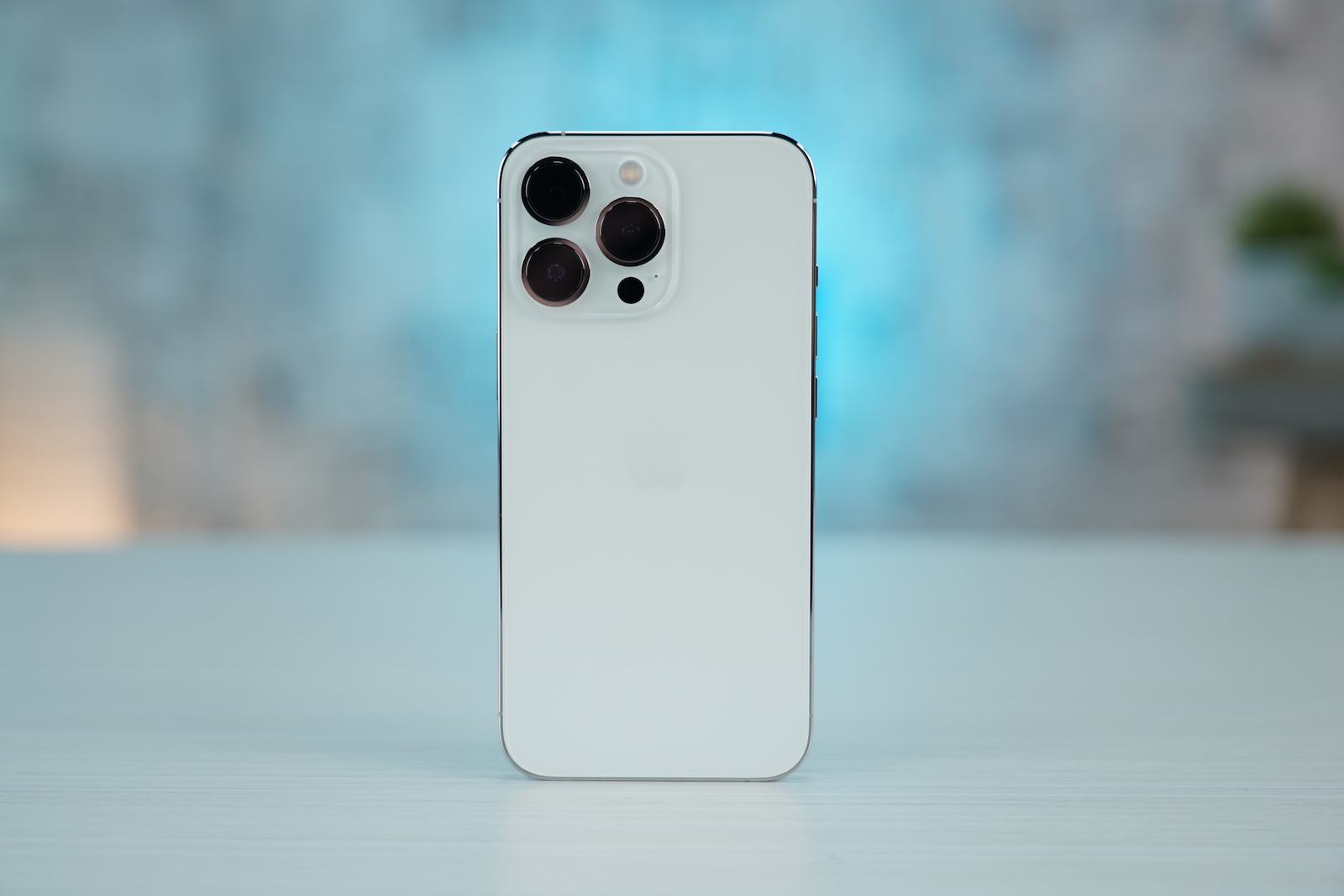
 Adam Kos
Adam Kos